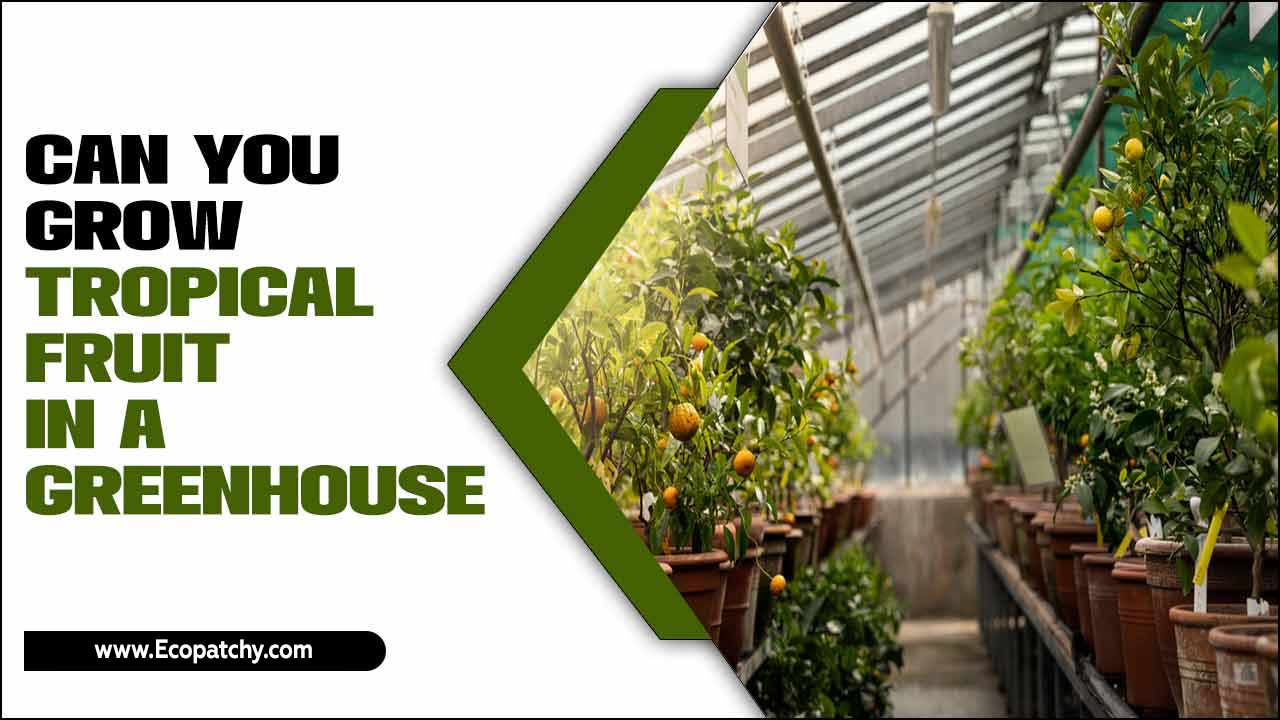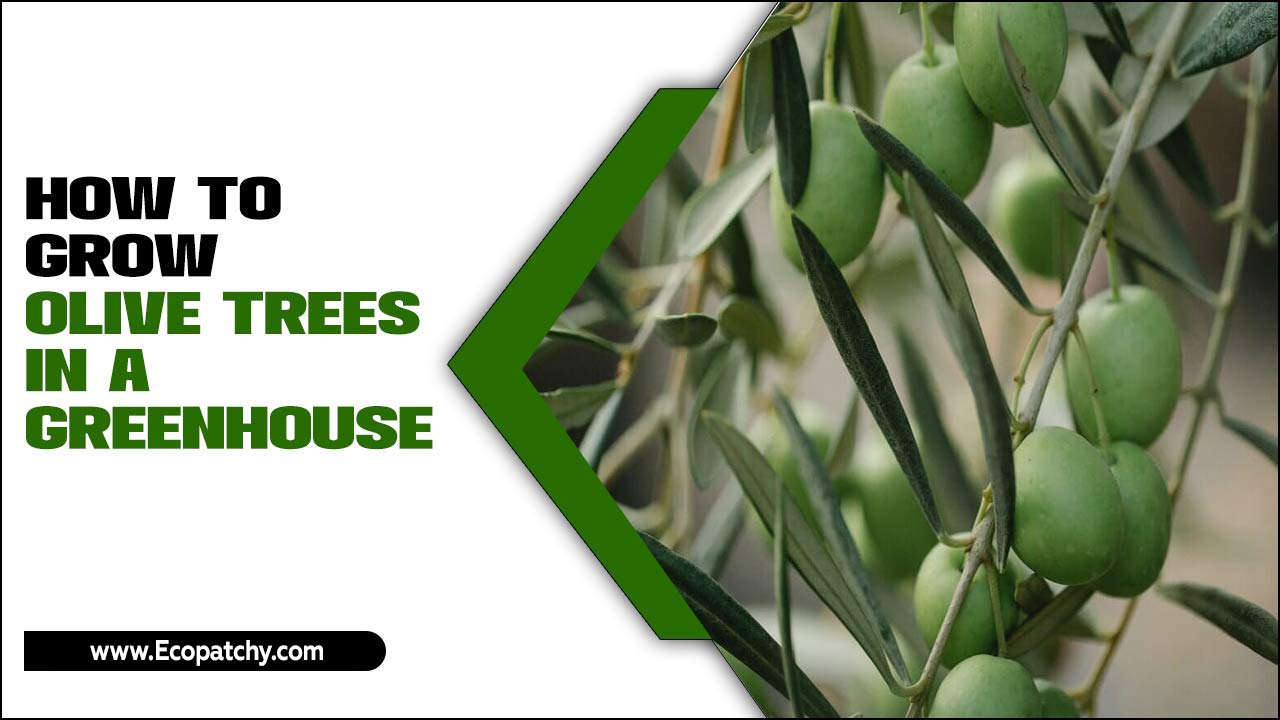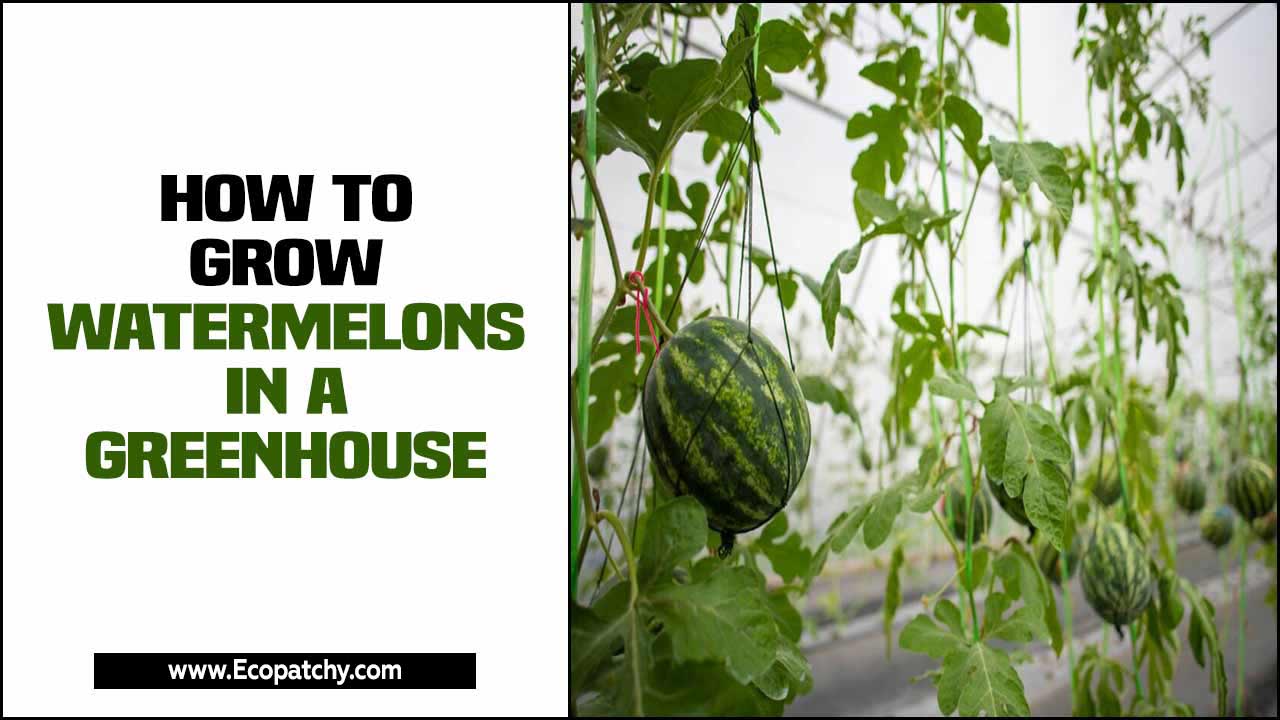Cherry trees are a popular and delicious fruit tree that can be grown in various climates and environments. While many may think that cherry trees can only thrive in outdoor settings, it is actually possible to successfully cultivate them in a greenhouse.
This method allows for more control over the tree’s growing conditions, resulting in larger and more abundant fruit yields. Here, we will explore the benefits of growing cherry trees in a greenhouse and share 5 natural ways how to grow cherry trees in a greenhouse.
We will also cover everything from preparing the greenhouse environment for cherry trees, soil preparation and nutrient management, watering and irrigation techniques, pruning and training methods, and pest and disease management to choosing the right type of greenhouse for your cherries.
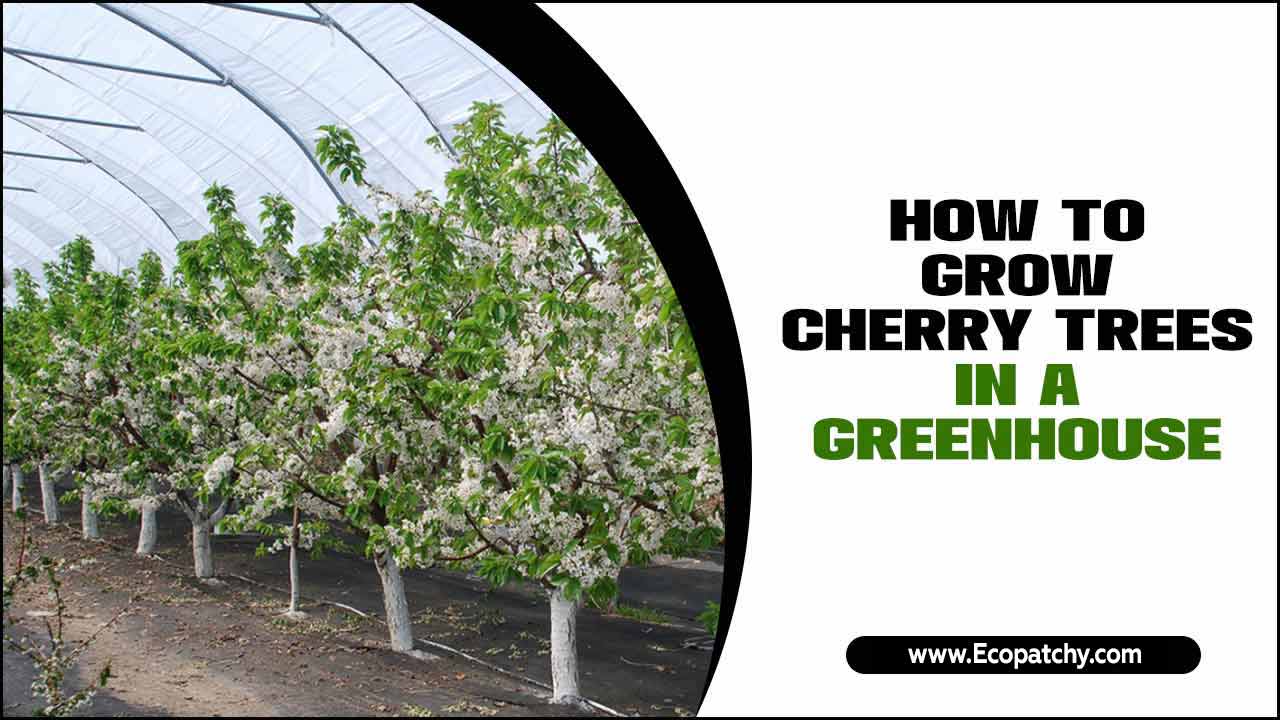
Exploring The Benefits Of Growing Cherry Trees In A Greenhouse
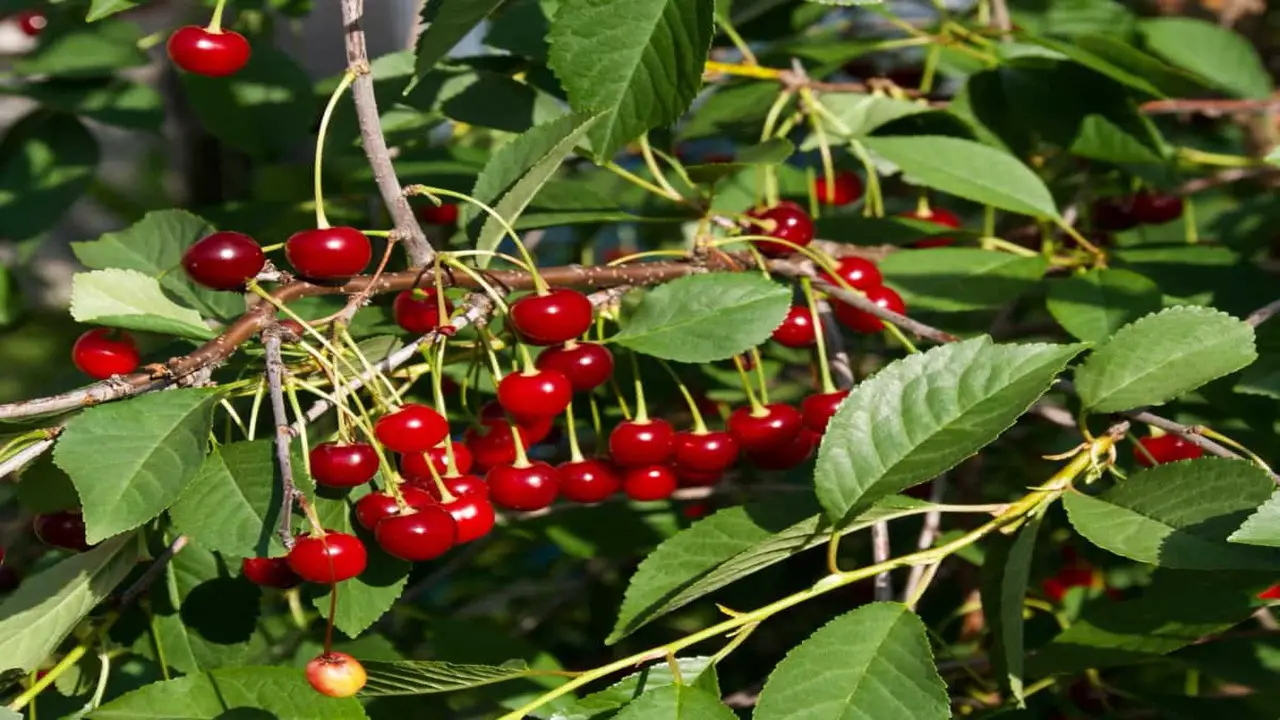
Growing cherry trees in a greenhouse can offer several benefits for both commercial and home growers. By providing a controlled environment, a greenhouse allows growers to extend the growing season and protect cherry trees from adverse weather conditions such as frost or excessive heat.
This can result in higher yields and better fruit quality. Additionally, growing cherry trees in a greenhouse provides protection against pests and diseases, reducing the need for chemical pesticides.
The controlled environment of a greenhouse also allows for easier management of factors such as temperature, humidity, and light, enabling growers to optimize growing conditions for cherry trees. Overall, growing cherry trees in a greenhouse can be a rewarding and efficient way to produce delicious cherries regardless of the local climate or environmental challenges.
The Importance Of Controlled Conditions
To ensure optimal growth and fruit development, it is essential to create controlled conditions for cherry trees in a greenhouse. By carefully managing temperature and humidity levels, you can provide the ideal environment for these trees to thrive.
Proper ventilation and moisture control are also crucial in promoting healthy growth. Cherry trees require full sun exposure, so it is important to position them in a way that they receive maximum sunlight. Maintaining consistent greenhouse temperatures is vital, protecting the trees from cold winters or extreme climate conditions. Additionally, attracting pollinators or using alternative pollination methods ensures that the trees receive natural pollination.
Extending The Growing Season

Extending the growing season is a key benefit of growing cherry trees in a greenhouse. By providing a controlled environment, greenhouses allow cherry trees to thrive outside of their natural growing season. This means that you can enjoy fresh cherries for a longer period of time, even in regions with shorter summers or colder climates.
In a greenhouse, you can manipulate factors such as temperature and sunlight to create optimal growing conditions for your cherry trees. This can result in increased fruit production and a longer harvest season.
Additionally, growing cherry trees in a greenhouse can also help protect them from pests and diseases, further enhancing their chances of success. So, if you want to enjoy homegrown cherries year-round, consider growing cherry trees in a greenhouse to extend the growing season.
How To Grow Cherry Trees In A Greenhouse: 5 Easy Ways
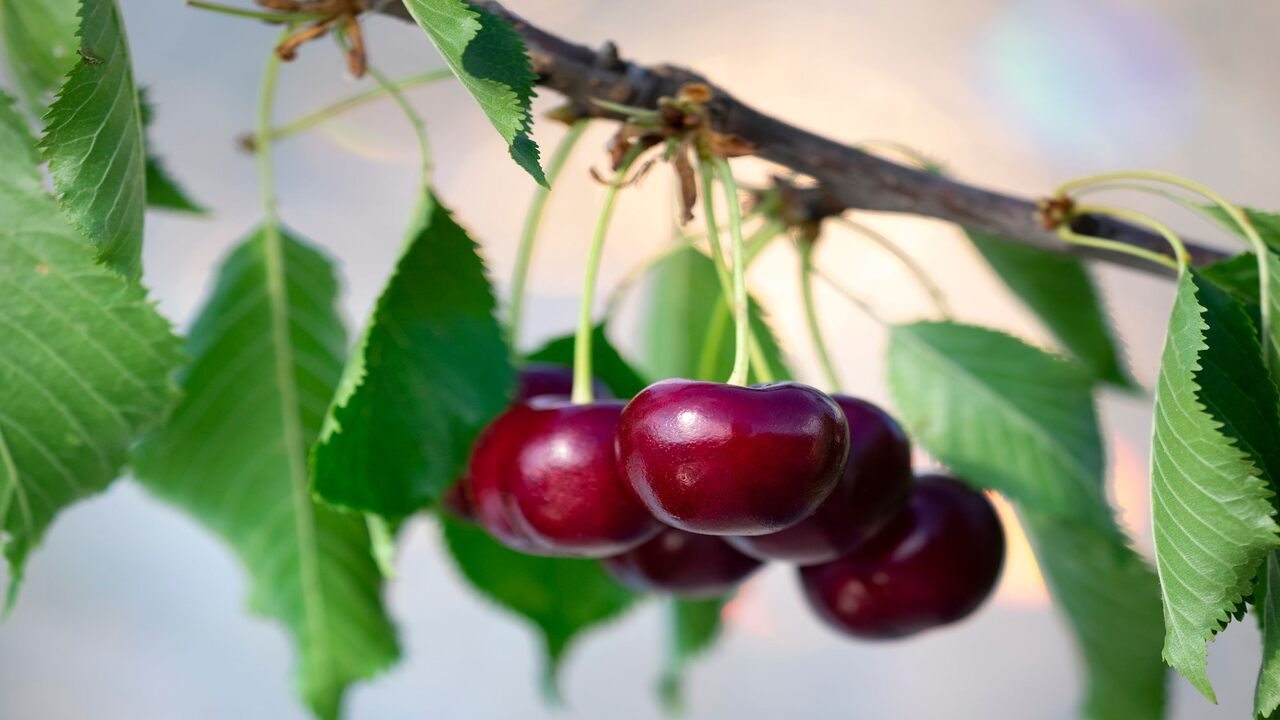
Growing cherry trees in a greenhouse can be a rewarding endeavor, and there are several natural ways to ensure their successful growth. Greenhouses are typically associated with nurturing and cultivating delicate plants, but they can also be home to trees.
While it may seem unusual to find trees growing in a greenhouse, there are several reasons why this practice is gaining popularity among horticulturists and plant enthusiasts. By following these natural methods, you can successfully grow cherry trees in your greenhouse and enjoy delicious cherries right at home! Here are five tips on how to grow cherry trees in a greenhouse:
1.Preparing The Greenhouse Environment For Cherry Trees
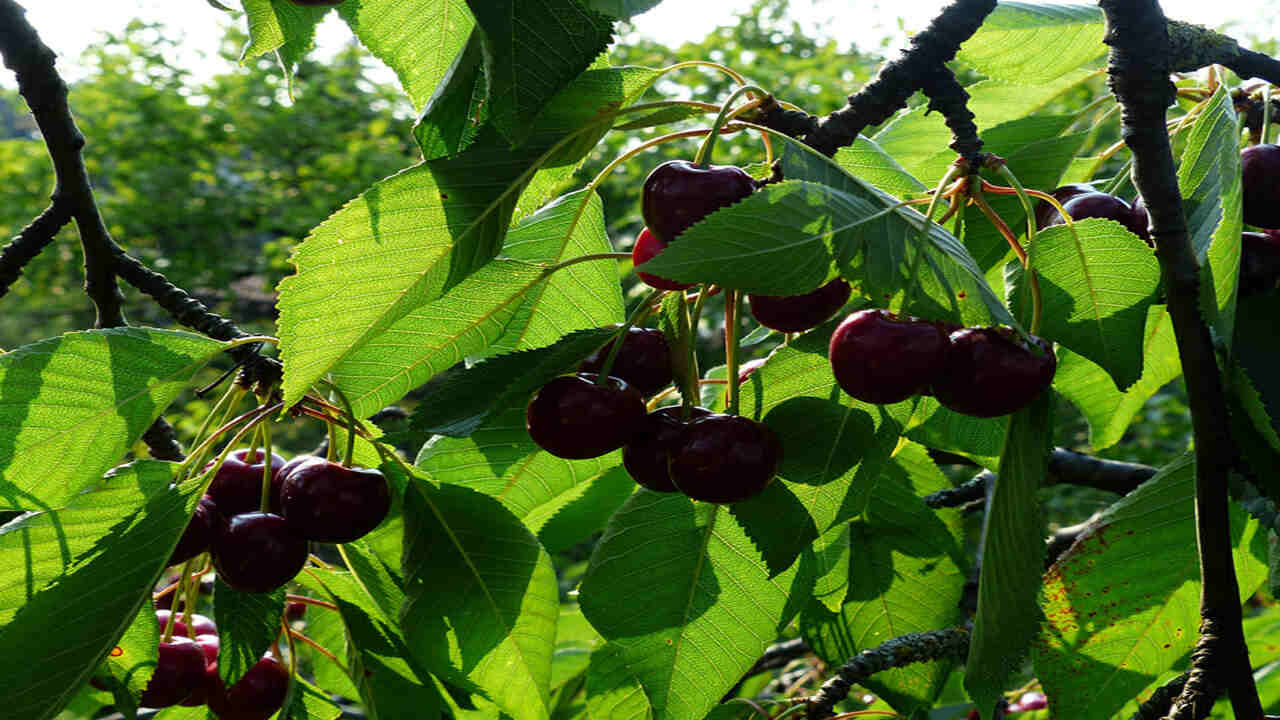
To ensure optimal growth of cherry trees in a greenhouse, it is important to create the right environment. Start by preparing fertile soil conditions, ensuring proper nutrient availability for the trees. Position the cherry trees in areas with full sun exposure within the greenhouse, maximizing their growth potential.
Implement mulch or irrigation techniques to maintain adequate moisture levels, which are crucial for promoting healthy cherry tree growth. Adjust the greenhouse vents or humidity levels accordingly to create optimal growing conditions for the cherry trees. Additionally, consider specific cherry tree varieties or types of cherries when preparing the greenhouse environment.
2.Soil Preparation And Nutrient Management
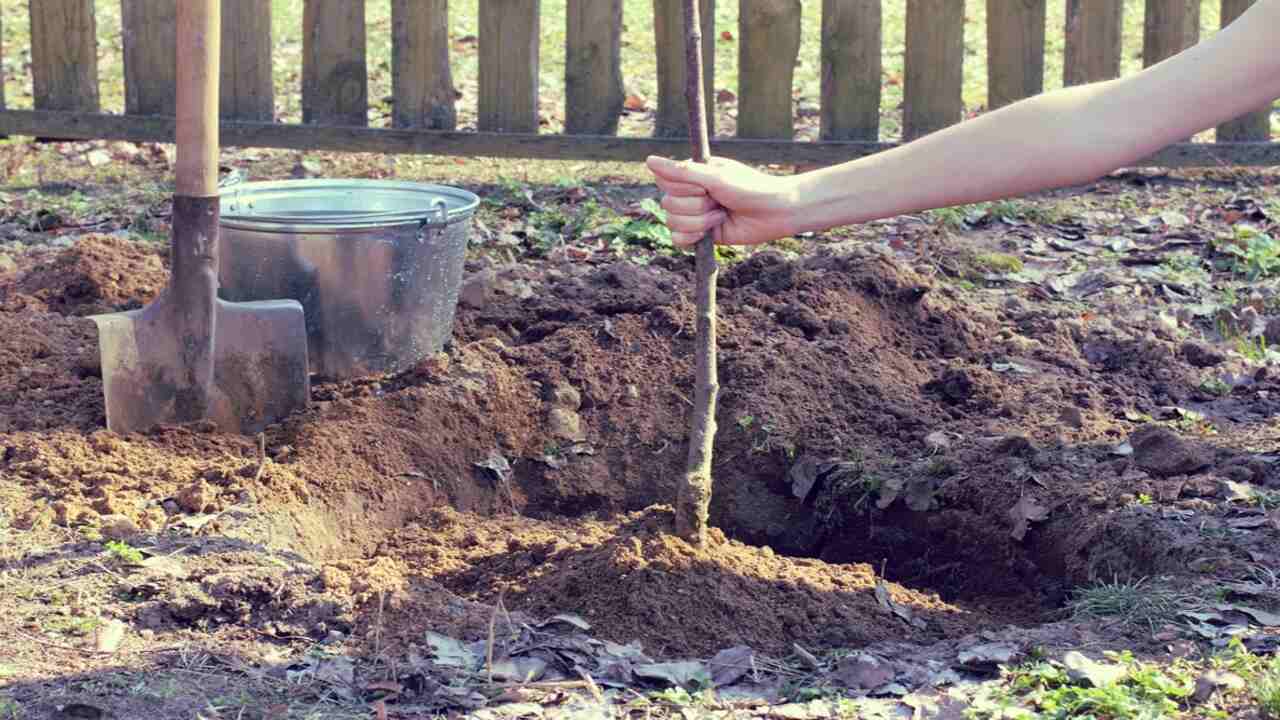
To ensure optimal cherry tree growth in a greenhouse, it is essential to prepare fertile soil by incorporating necessary nutrients or organic matter. Testing the soil pH levels and making adjustments accordingly will further promote cherry tree health. Implementing mulch or compost as natural soil conditioners can improve soil fertility and moisture retention.
Additionally, providing the appropriate type and amount of fertilization based on soil analysis or specific variety requirements is crucial. Use natural soil amendments like manure or compost for effective cherry tree nutrient management. By following these practices, you can create an ideal environment for your cherry trees to thrive.
3.Watering And Irrigation Techniques For Cherry Trees
To ensure optimal growth, cherry trees in a greenhouse require proper watering and irrigation techniques. Implementing efficient methods such as drip irrigation or automated systems can provide consistent and adequate moisture levels. Adjusting the frequency and amount of irrigation based on tree maturity and specific climate conditions is essential.
Monitoring soil moisture levels helps prevent over or under-watering. To maximize irrigation efficiency, consider water conservation practices like using mulch or moisture-retaining soil additives. By implementing these techniques, you can ensure that your cherry trees in the greenhouse receive the necessary moisture for healthy growth and productivity.
4.Pruning And Training Cherry Trees In A Greenhouse
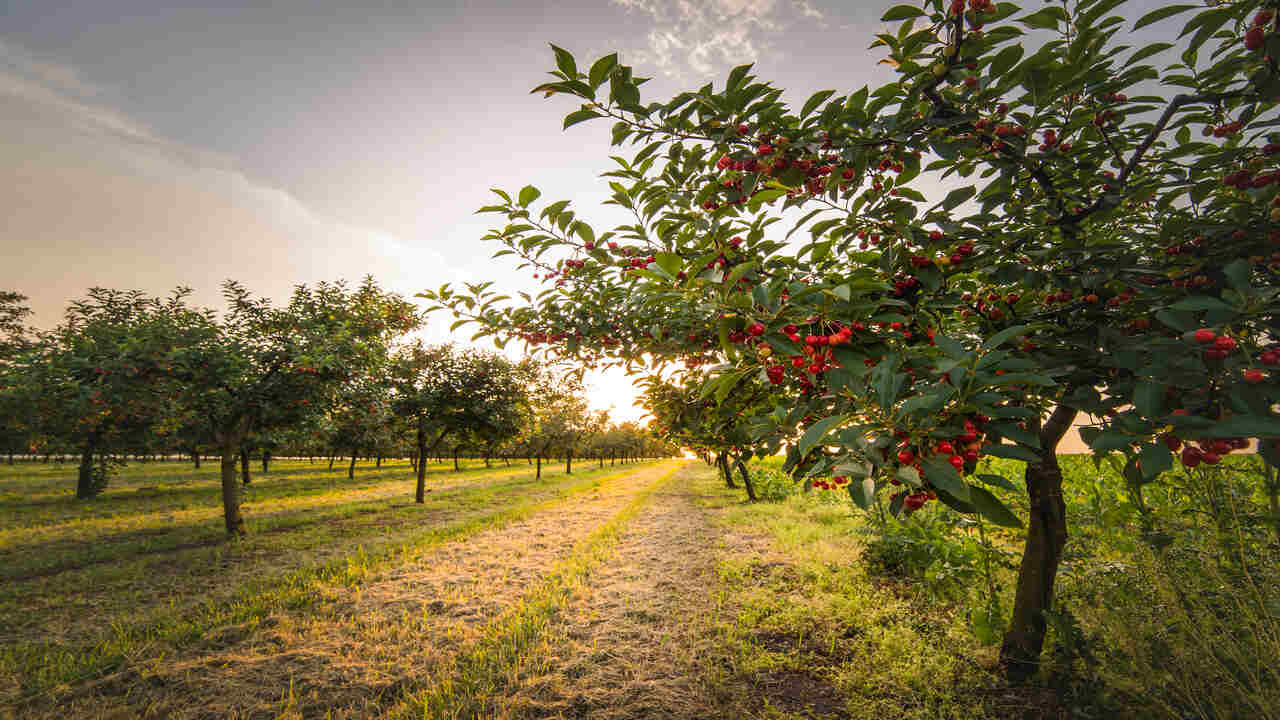
To ensure optimal airflow, light penetration, and fruit development, it is important to prune cherry trees in a greenhouse. Utilizing specific pruning techniques like open-center or central-leader can help train the trees within the controlled environment.
For space optimization and tree management, consider dwarf varieties or trellising systems. Regularly inspect the cherry trees for dead or diseased branches and remove them as necessary. Pruning should be done during specific times of the year based on variety or growing season recommendations. By following these practices, you can promote healthy growth and maximize fruit production in your greenhouse.
5.Pest And Disease Management
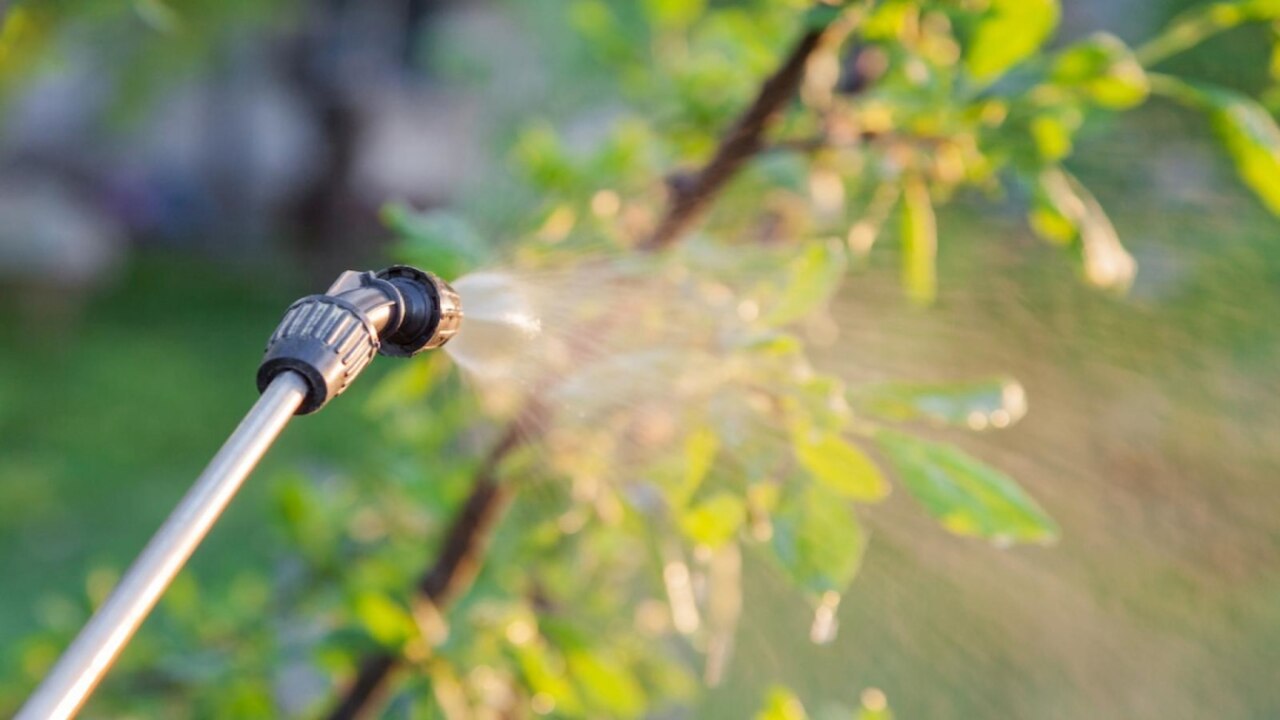
To ensure the health and vitality of your cherry trees in the greenhouse, it is crucial to implement effective pest and disease management strategies. By practicing regular greenhouse cleaning and proper ventilation, you can minimize the risk of pest infestation.
Monitor your cherry trees closely for any signs of pests or disease, and if necessary, employ natural or organic pest control methods. Companion planting with marigolds or garlic can be a natural deterrent against common greenhouse pests.
Regular inspection and appropriate treatment of any diseased plants are essential. Additionally, maintaining optimal greenhouse conditions, such as humidity and temperature, will help prevent and minimize pest and disease issues for your cherry trees.
What Type Of Greenhouse Is Best For Growing Cherries?
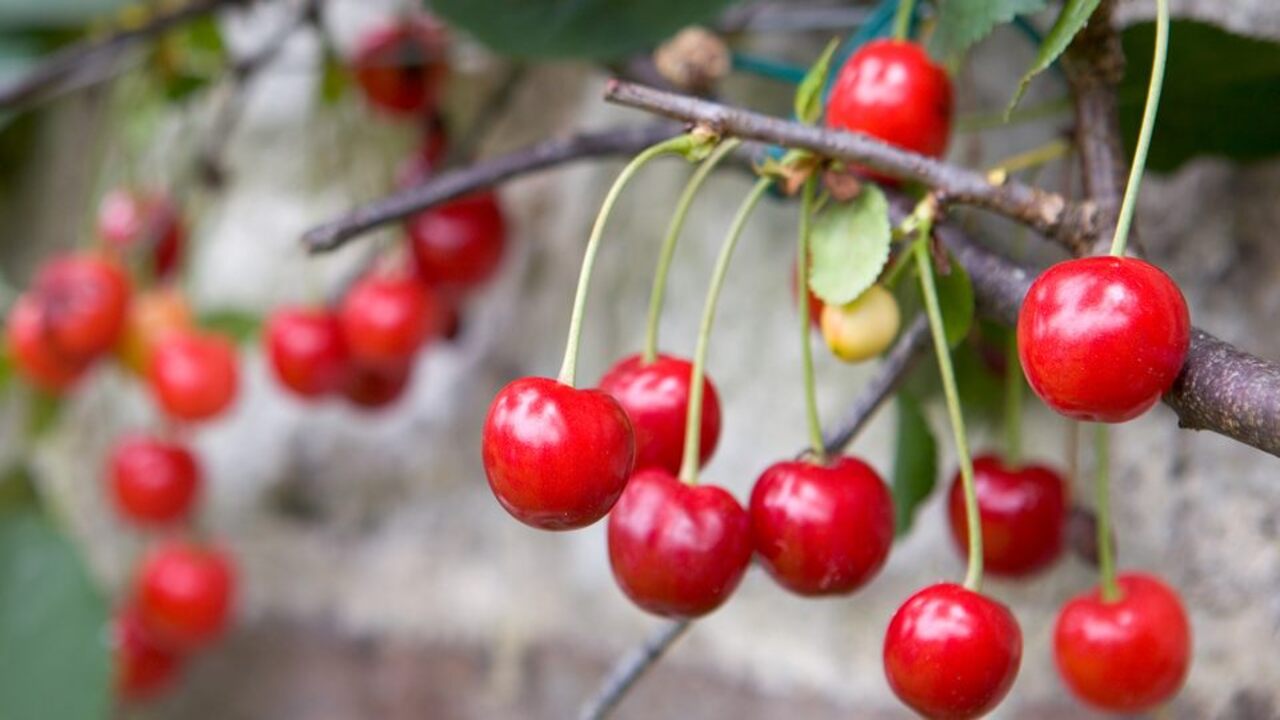
When it comes to growing cherry trees in a greenhouse, choosing the right type of greenhouse is crucial. The best type of greenhouse for growing cherries is a high tunnel or hoop house. These structures provide ample space for cherry trees to grow and allow for proper ventilation and air circulation, which is essential for preventing diseases and promoting healthy growth.
Additionally, high tunnels and hoop houses are more cost-effective compared to other types of greenhouses, making them a popular choice among growers. So, if you plan on growing cherry trees in a greenhouse, consider investing in a high tunnel or hoop house to ensure optimal plant conditions.
Can Cherry Trees Share A Greenhouse With Other Plants?
Cherry trees can thrive in a greenhouse environment, but it is important to consider their compatibility with other plants. While cherry trees can be grown alongside certain plant species, it is generally recommended to dedicate an entire greenhouse space solely to cherry tree cultivation.
This is because cherry trees have specific requirements for light, temperature, and humidity that may not be conducive to the needs of other plants. Additionally, cherry trees can grow quite large and may overshadow or crowd out smaller plants if they share the same space.
To ensure the optimal growth and yield of your cherry trees, it is best to provide them with their own dedicated greenhouse environment where you can control the conditions specifically tailored to their needs.
Conclusion
Growing cherry trees in a greenhouse offers several benefits to help you achieve a successful harvest. With controlled conditions, you have the ability to create the perfect environment for optimal growth. Extending the growing season allows you to enjoy fresh cherries longer.
Following natural and organic methods ensures that your cherry trees thrive without the use of harmful chemicals. By properly preparing the greenhouse, managing soil nutrients, implementing effective watering techniques, and practicing pruning and training methods, you can maximize the potential of your cherry trees.
Additionally, it is important to address pest and disease management to protect your trees. When choosing a greenhouse, consider factors such as size, ventilation, and insulation to provide the ideal conditions for cherry tree cultivation. We hope you know how to grow cherry trees in a greenhouse.
Frequently Asked Questions
1.What Fruits Grow Well In A Greenhouse?
Ans: Some fruits thrive in a greenhouse due to the controlled environment. Popular choices include tomatoes, peppers, strawberries, and grapes. Greenhouses provide optimal conditions for temperature and humidity control, ensuring successful fruit growth. Careful maintenance is essential for achieving desired results.
2.Why Grow Cherry Trees In A Greenhouse?
Ans: Growing cherry trees in a greenhouse offers several benefits. It extends the growing season and protects the plants from harsh weather conditions. The controlled environment allows for better temperature, humidity, and light control.
3.Why Plant Multiple Cherry Trees?
Ans: Planting multiple cherry trees offers several benefits. Cross-pollination between different varieties improves fruit production. It also extends the harvest season and provides backup trees in case of disease or pests. Additionally, multiple cherry trees create a beautiful and productive orchard-like setting.
4.What Else Can You Grow With Cherry Trees?
Ans: You can grow other fruit trees, like apple or pear, alongside cherry trees in a greenhouse. Vegetables like tomatoes, cucumbers, and peppers thrive in the same environment. Flowers and herbs like lavender and marigolds attract pollinators. Choose plants with similar growing requirements for optimal results.
5.What Kind Of Greenhouse Do You Need To Grow Cherry Trees?
Ans: To grow cherry trees, you will need a spacious greenhouse with good ventilation and temperature control. The greenhouse should have a sturdy frame to support the weight of the branches and fruit. Consider using a glass or polycarbonate cover for ample sunlight.


